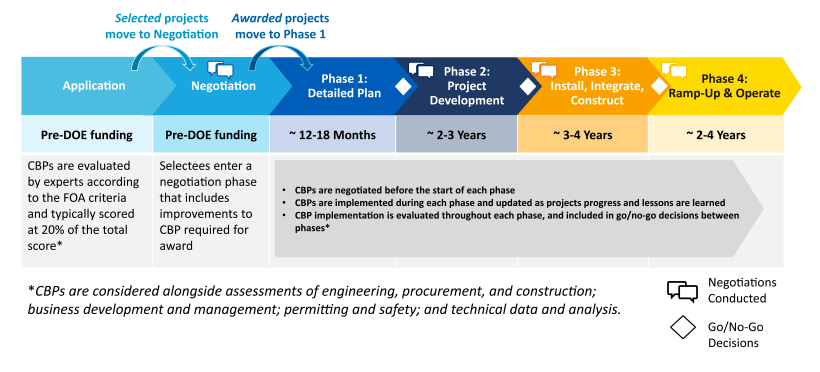In July 2024, the US Department of Energy officially awarded $30 million to the Appalachian Regional Clean Hydrogen Hub, or ARCH2, the first tranche of a total $925 million allocated for its development. The funding announcement marked the first concrete step toward the construction of the hub, which will primarily produce “blue” hydrogen made from fracked Appalachian methane gas and use new, experimental carbon capture technology to reduce some of its carbon emissions.
But what is a hydrogen hub, exactly? What does it look like, and how does it work?
Unfortunately, the answer is still largely unclear. Both the Department of Energy and ARCH2 have left communities in the dark about project details and made many decisions behind closed doors. What we do know is that ARCH2 includes a number of different types of industrial facilities, along with connective infrastructure — like pipelines and compressor stations — and vast storage sites for hydrogen and carbon dioxide. In other words, ARCH2 isn’t just one project, but many industrial, transportation, storage, and waste facilities lumped under the same title. As a result, communities across the entire region are likely to be affected by the development of this hub.
Across the country, six other hydrogen hubs are also under development, funded by the Bipartisan Infrastructure Law’s $7 billion Regional Clean Hydrogen Hubs program. The hubs are expected to produce a collective three million metric tons of hydrogen annually, equivalent to about a third of the 2030 US production target. But the program’s decarbonization goals may be “putting the cart before the horse,” according to the Institute of Energy Economics and Financial Analysis, given that methane-based blue hydrogen production is expected to bolster the extraction, transport, and use of fossil fuels.
Projects are now entering the first of four phases of hub development as OCED allocates initial awards. Each phase is designed to be followed by a “go/no-go” checkpoint, wherein project performance will be assessed and OCED determines whether the project is fit to advance to the next stage of funding. Despite OCED’s stated commitment to community engagement, the office has largely ignored volleys of concerns shared by community members during town halls and public information sessions.

Source: Department of Energy Office of Clean Energy Demonstrations
Then there’s the price tag. Blue hydrogen hubs like ARCH2 will cost billions of dollars just to construct. Worse, blue hydrogen hub development threatens to raise costs for families through higher taxes and likely higher utility bills while prolonging the region’s reliance on the natural gas industry, which has failed to produce job and income growth in the largest gas-producing counties in the Marcellus and Utica shale plays.
With so much at stake, is the hydrogen hub really the best path forward for the Ohio River Valley? Research suggests there are cheaper and more effective economic development options on the table. In southwestern Pennsylvania, alternative investments in distributed generation and energy efficiency would generate thousands of jobs and cut power sector emissions by 97% by 2050 at a total cost 13% lower than investment in blue hydrogen and carbon capture technologies. Plugging the region’s hundreds of thousands of abandoned oil and gas wells and reclaiming abandoned mine lands could create thousands of additional jobs for decades.
Altogether, the Regional Clean Hydrogen Hubs program represents an enormous wager on a doubtful outcome. There are better, safer options on the table for our region’s future.

